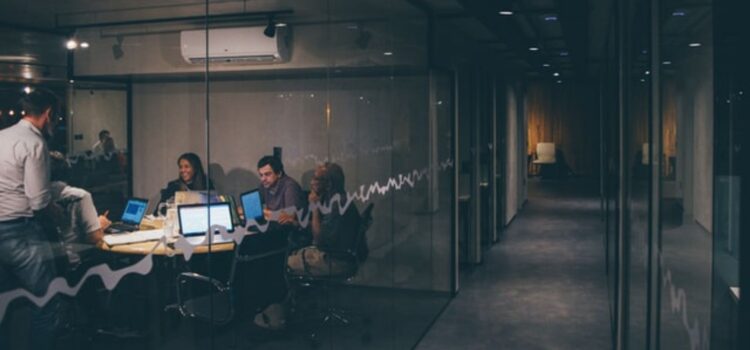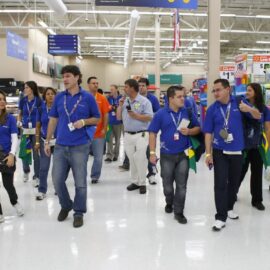

This article is an excerpt from the Shortform book guide to "The Culture Code" by Daniel Coyle. Shortform has the world's best summaries and analyses of books you should be reading.
Like this article? Sign up for a free trial here .
What types of working environments are there? And how do you, as a leader, determine which environment is right for your company?
When you consider it from a high level, there are only two types of working environments. These are proficiency- and creativity-oriented environments. When looking at their product and processes, leaders must determine if they want an environment that encourages proficiency or one that promotes creativity.
Keep reading for more about the two types of working environments.
Working Environment Types: Proficiency vs Creativity
At a high level, there are only two types of working environments: high-proficiency environments (where failure must be avoided) and high-creativity environments (where failure is a necessary component to development).
High-Proficiency Environments
The purpose of a high-proficiency workplace is to create an environment in which team members can make quick and appropriate decisions while working as a single unit.
A high-proficiency environment doubles down on clear priorities. Team members must know what takes precedent in their day-to-day activities. Priorities allow employees to make decisions based on a hierarchy of focus or attention.
These priorities are often emphasized by catchphrases that show causality (if X, then Y). These simple rules of thumb (known as heuristics) include easy-to-remember phrases that dictate how team members should behave in certain situations. For example, if a restauranteur wants to ensure that servers are allowing guests to send back food without charging them, they may use a phrase such as “if they don’t like the souffle, they don’t have to pay.”

———End of Preview———
Like what you just read? Read the rest of the world's best book summary and analysis of Daniel Coyle's "The Culture Code" at Shortform .
Here's what you'll find in our full The Culture Code summary :
- Why safety, vulnerability, and purpose are at the heart of a healthy group culture
- What makes some organizations more successful as a whole
- How one of the largest unsanctioned cease fires came one Christmas Eve during WWI






